Tuscarora, Nostalgia, and an Enchantment with Distance
All photos by Kathleen Kuo.
By Kathleen Kuo
We have all felt moments of nostalgia, waxed nostalgic for times and places alternately lived and not lived in. But I have always wondered, what is nostalgia rooted in, and what is its significance? Attempting to describe nostalgia is like trying to hold onto the last remnants of a dream—how do you explain these ineffable feelings and emotions that wash over you, when they slip away into spaces outside of your vocabulary and knowing?
Nostalgia has a history of complicated usage, from its clinical days as a medical condition first documented in France in the late 1700s, to the present where it is often employed as a political tool and marketing ploy, preying on feelings of loss and yearning. I recently found myself grappling with an onset of nostalgia when I visited Tuscarora, Nevada, for the first time. Walking past abandoned buildings and machinery, it was as if I had stepped through a curtain where the line between past and present blurred, even disappeared. Prior to visiting Tuscarora, I of course Googled it, wanting to know more about where I would be staying for three nights. I was curious about this place that was described as “far from being a ghost town” and “a town that won’t die.” Located in northeastern Nevada, about an hour north of Elko, Tuscarora today is perhaps best known for the internationally renowned Pottery School, established in 1966 by Dennis and Julie Parks. Tuscarora is home to just a handful of full-time residents, but in the late 1800s, it was home to thousands of miners, many of whom were former Chinese railroad workers. Once mines began shutting down, however, and other prospects elsewhere appeared more promising, more and more people left Tuscarora, leaving behind only traces of this once vibrant and bustling place.
Tuscarora Pottery School.
A plaque outside of the Pottery School that describes its origins.
It was with the knowledge of the Tuscarora of the past that I walked through the Tuscarora of the present. Walking through Tuscarora, I felt acutely aware of my senses - the sensation and sound of the wind blowing past my face, the feel of dirt and rocks beneath my feet and through my fingertips, the colors and textures of the flowers and shrubs all around me. Thousands of people once lived here, I thought to myself incredulously, as I looked at the handful of houses and buildings that now stood before me. I imagined the shadowy outlines of storefronts and homes before the earth reclaimed them and the former imprints of human life became hidden by new plant growth and new human activity. Where once I had only seen the surface—dirt, sagebrush, hills, cows—all of a sudden there were layers upon layers everywhere. I listened to stories about artifacts emerging from the earth after frost heaves; a path you had walked for years might one day have a completely intact arrowhead sitting in the middle of it. From centuries old Chinese coins and go pieces, to delicately painted pottery fragments or iridescent glass shards, I kept wondering what might still be beneath me and around me as I stepped through the paths and hills of Tuscarora. As the sun set every night, I found myself wondering, did someone stand in this very spot, seeing these same colors and shadows upon the neighboring hills?
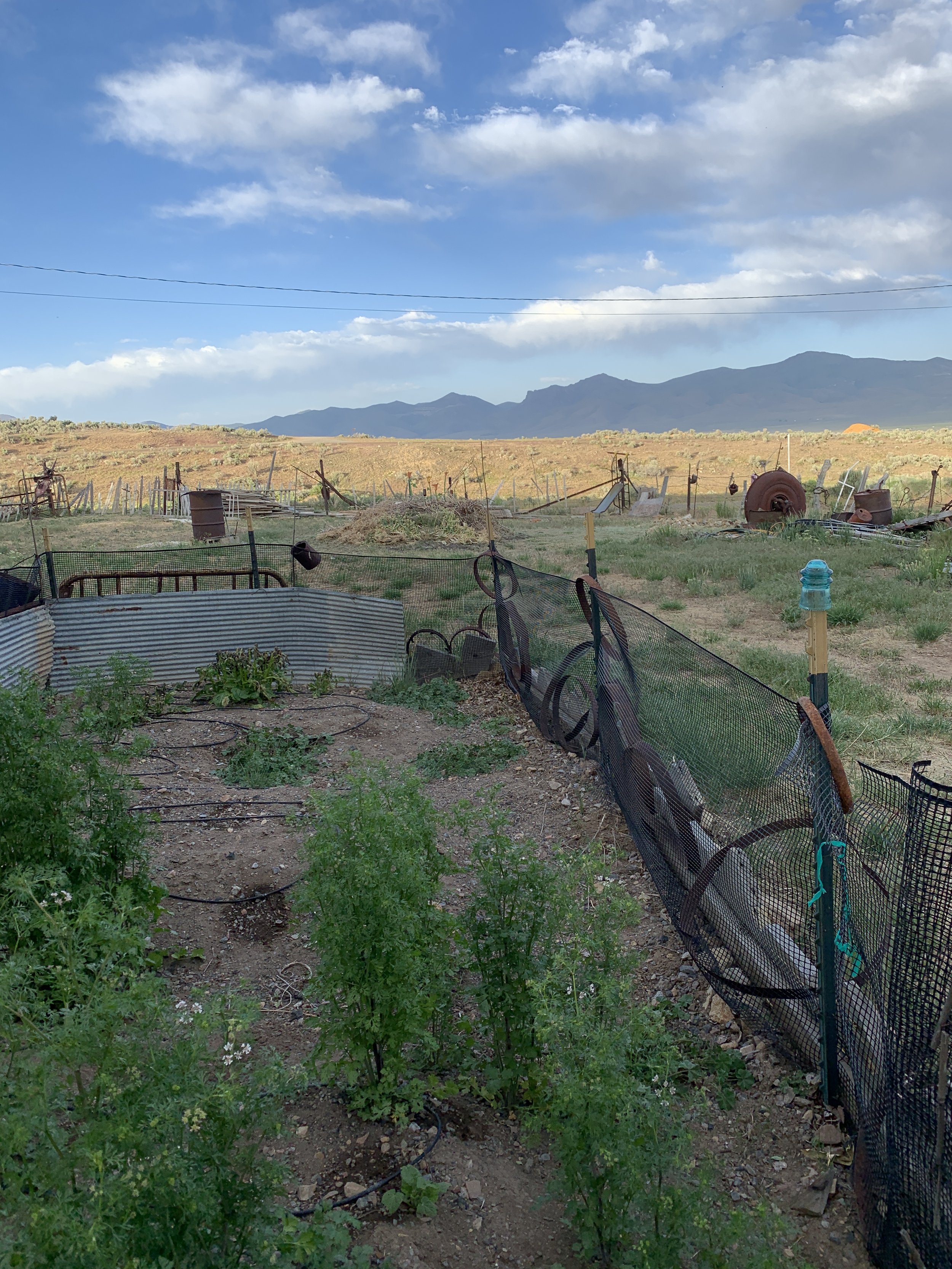
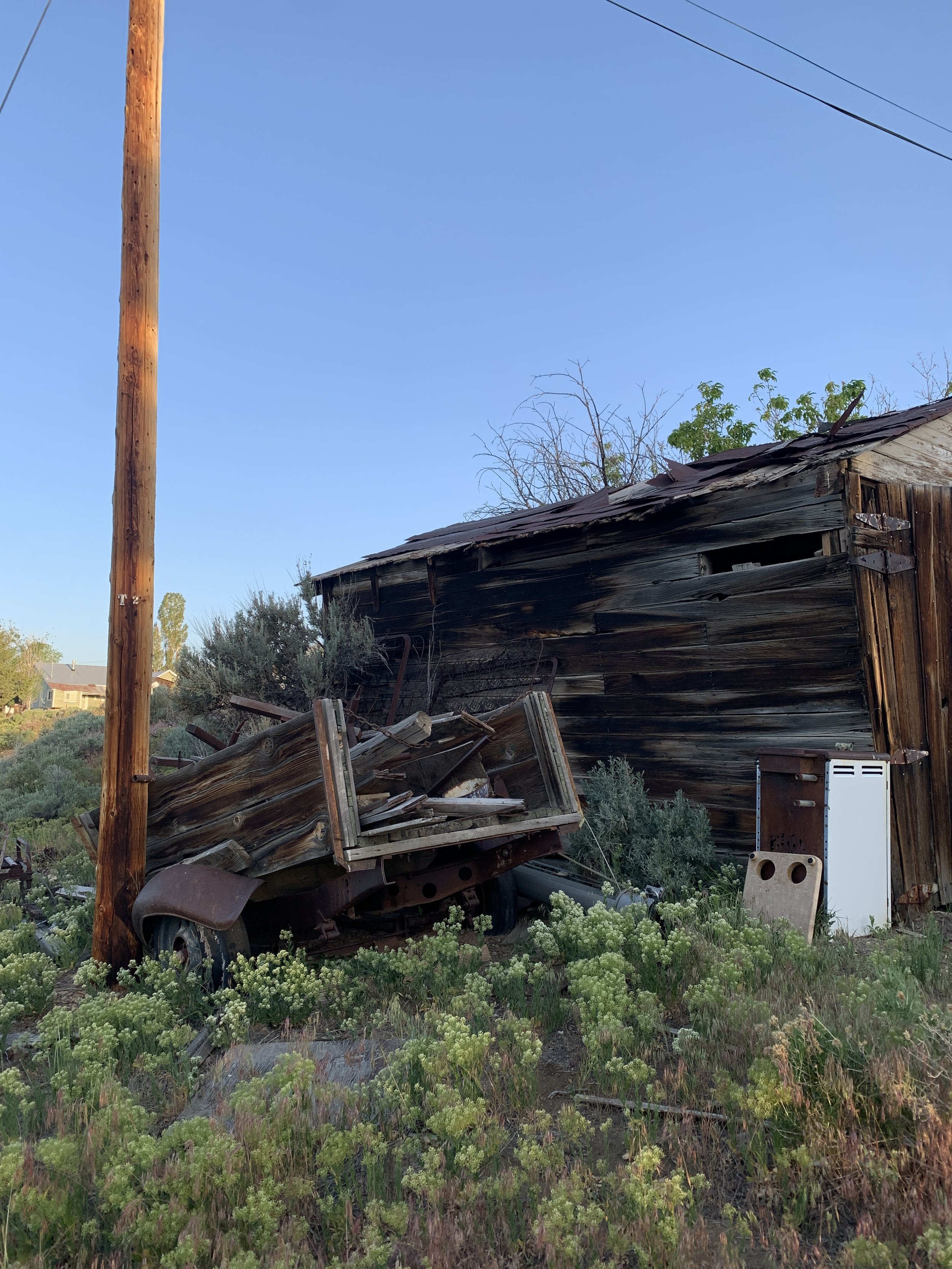
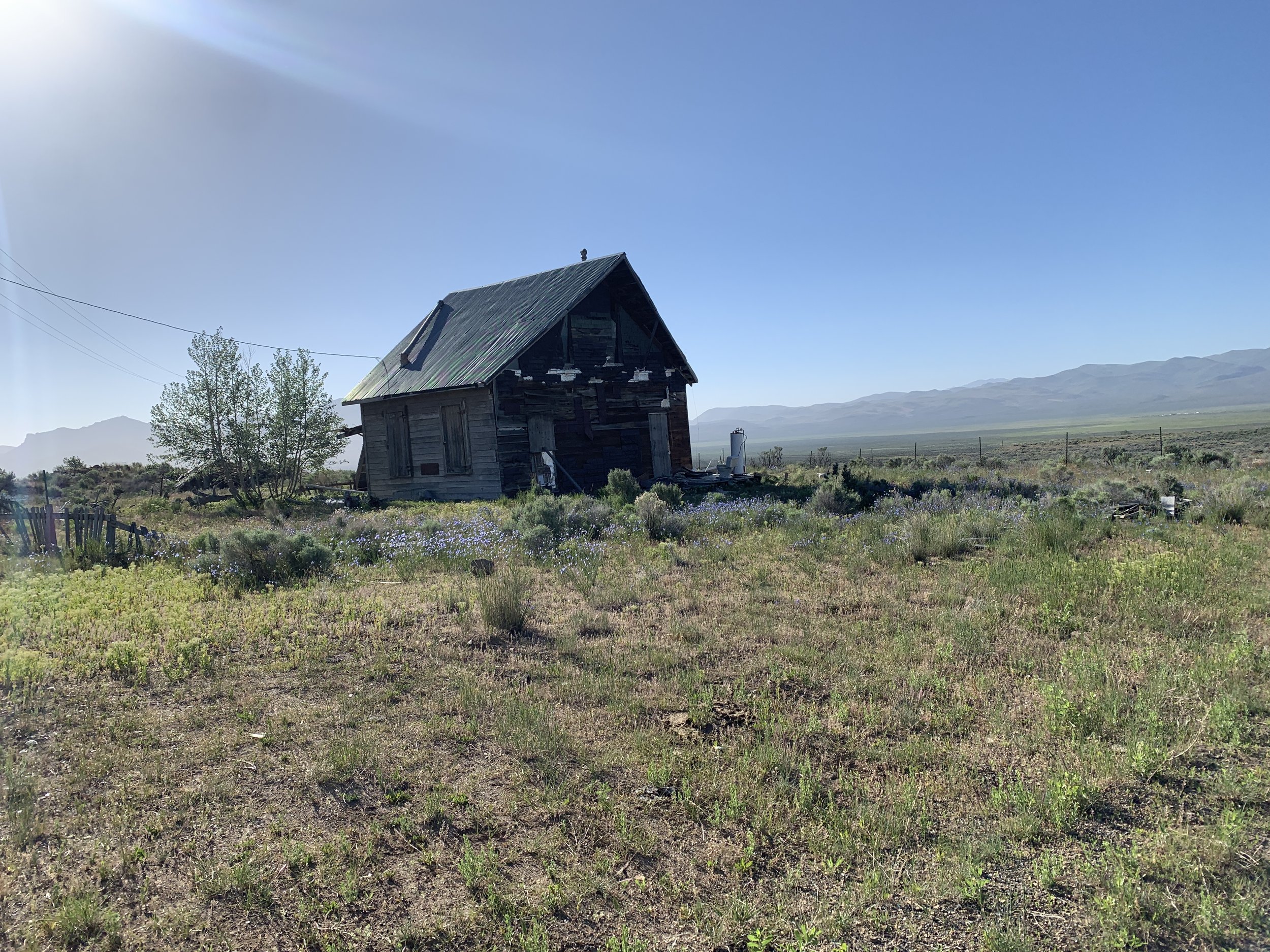
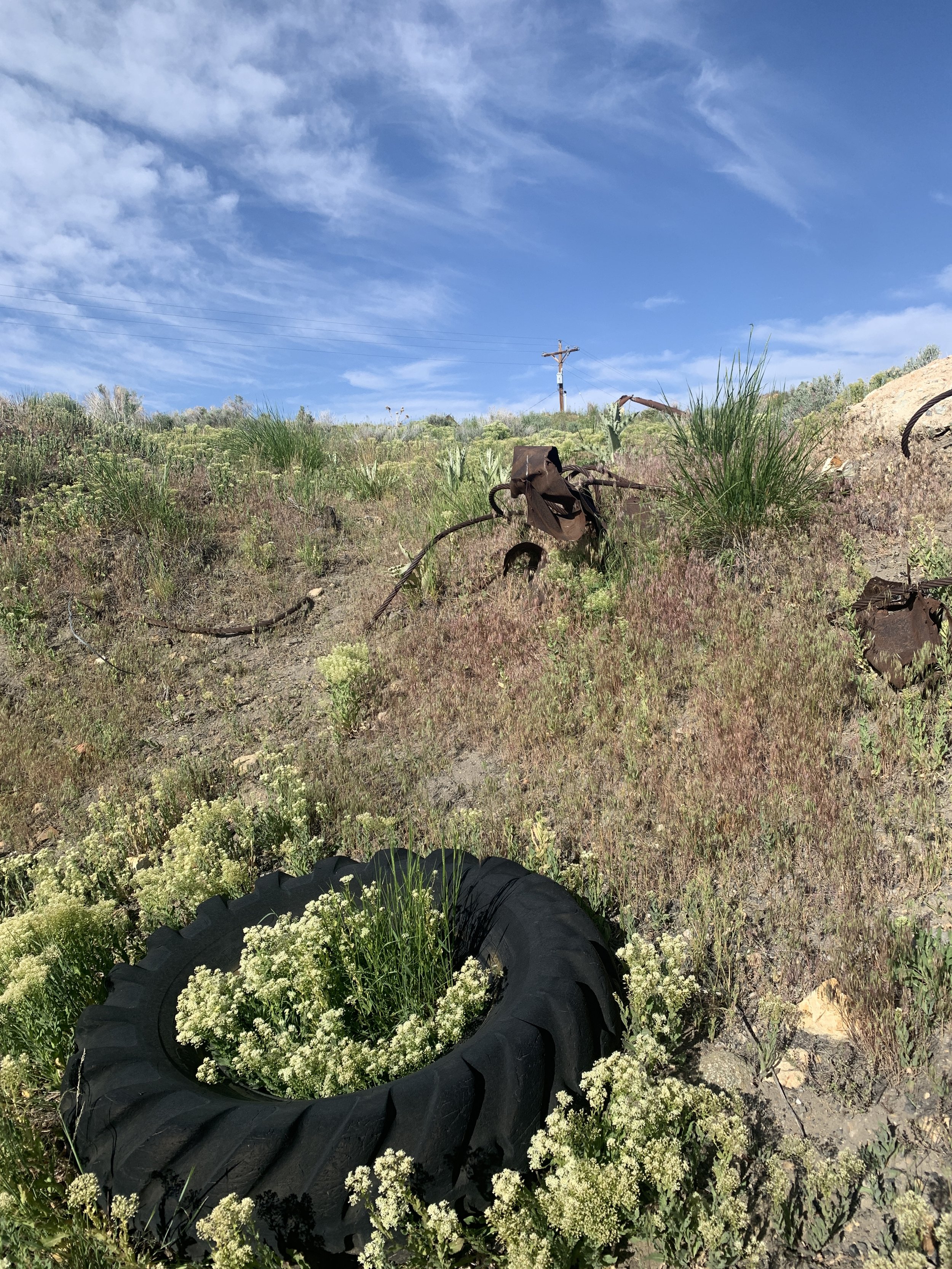
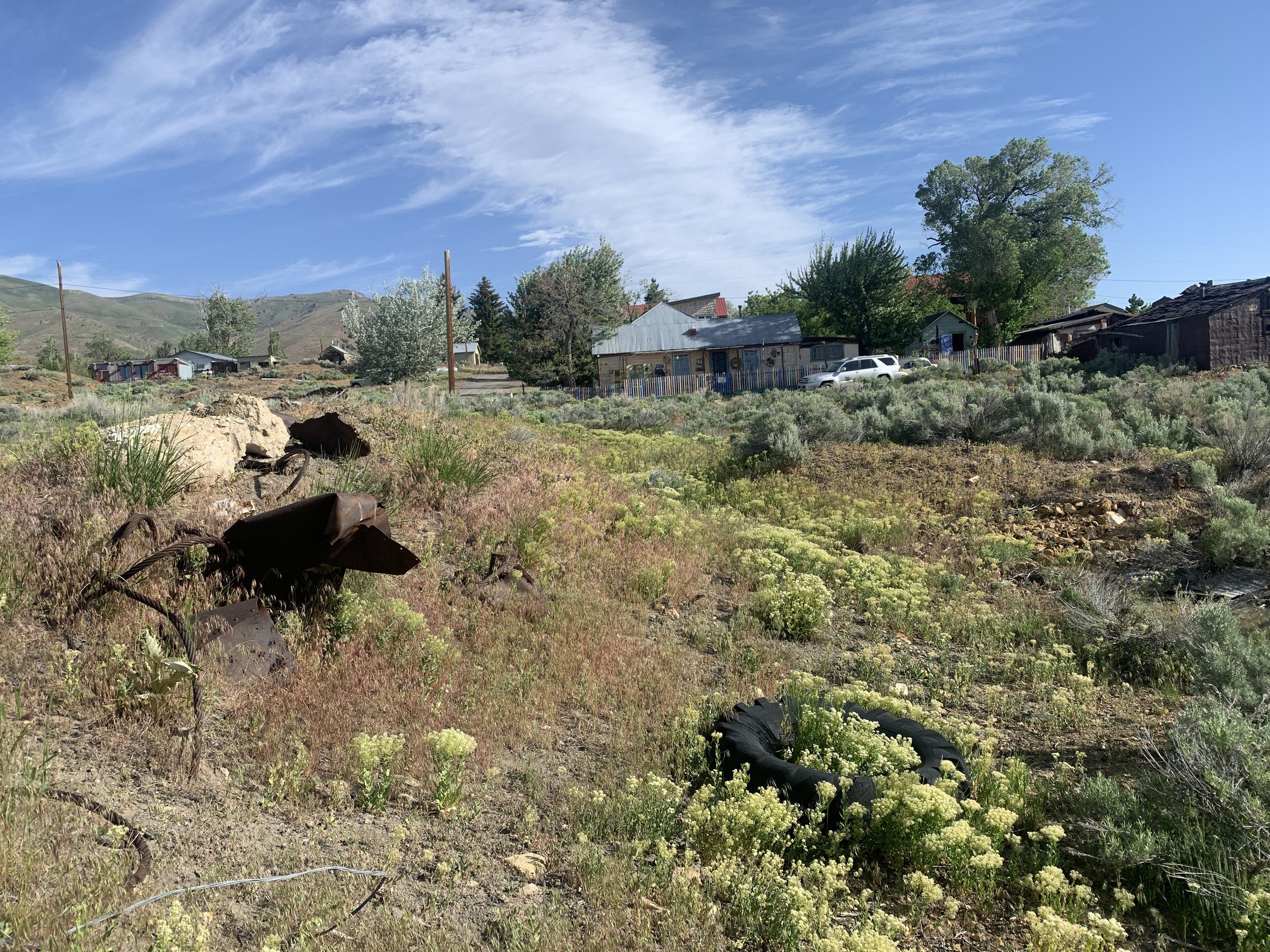
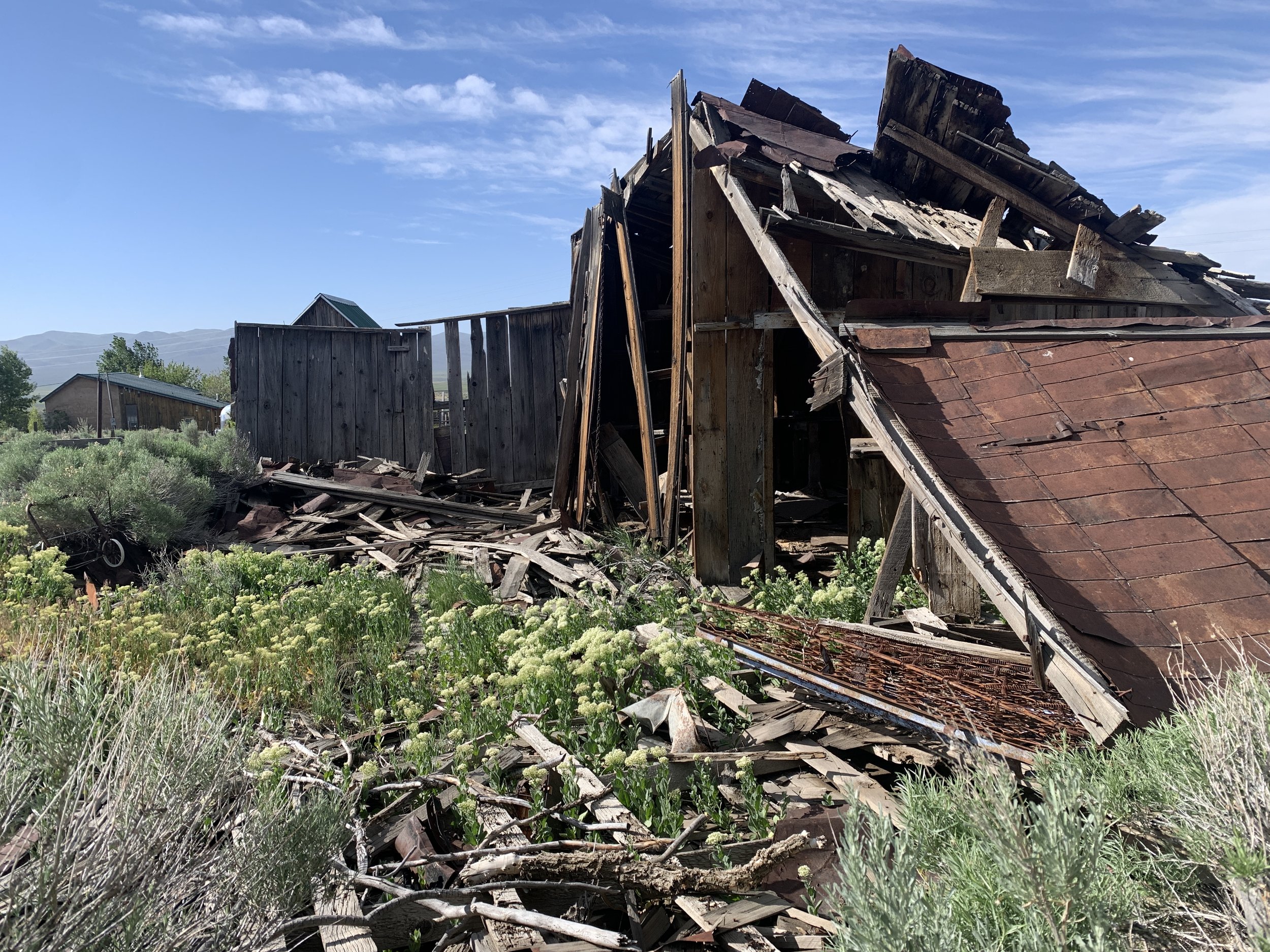
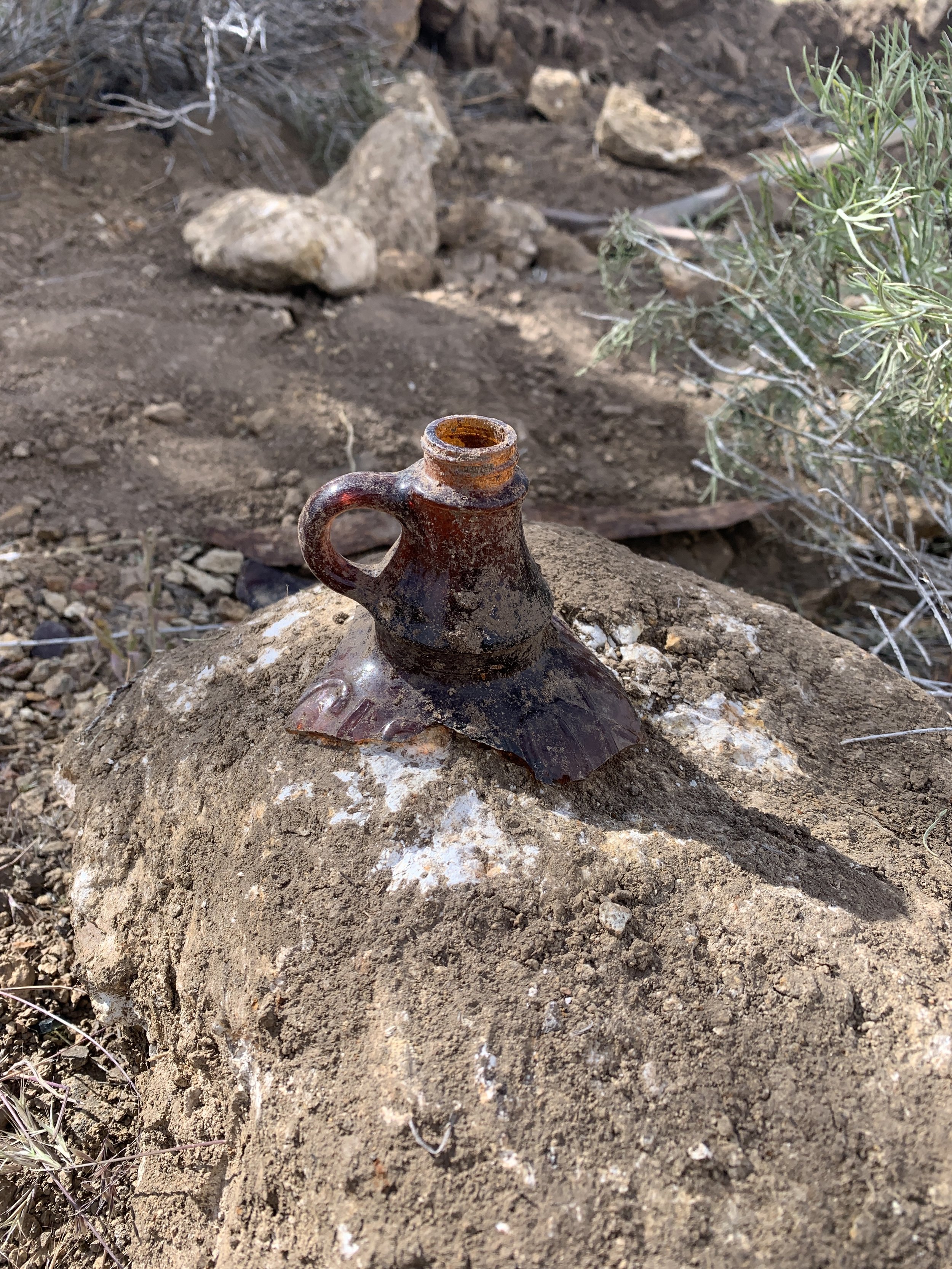
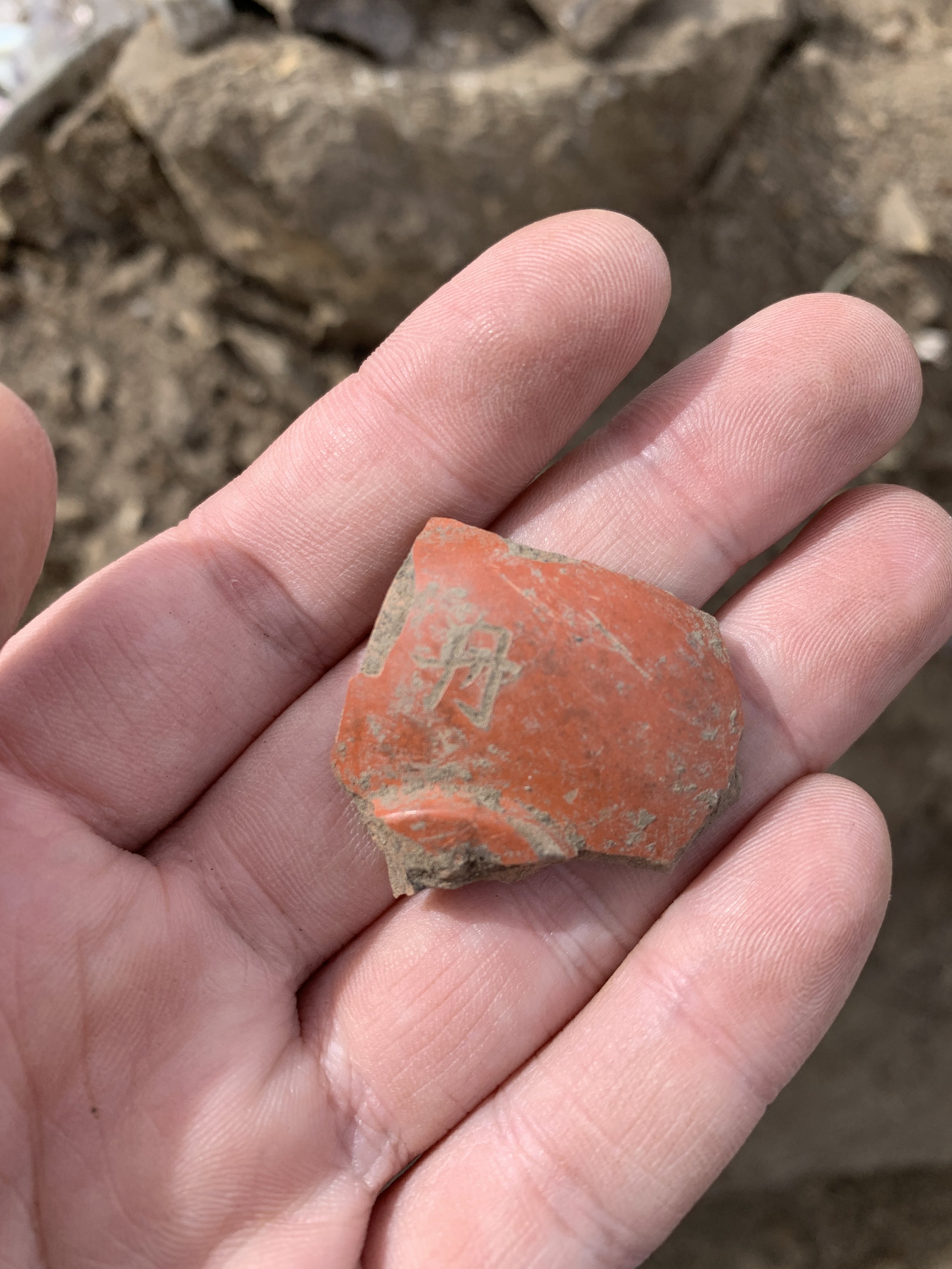
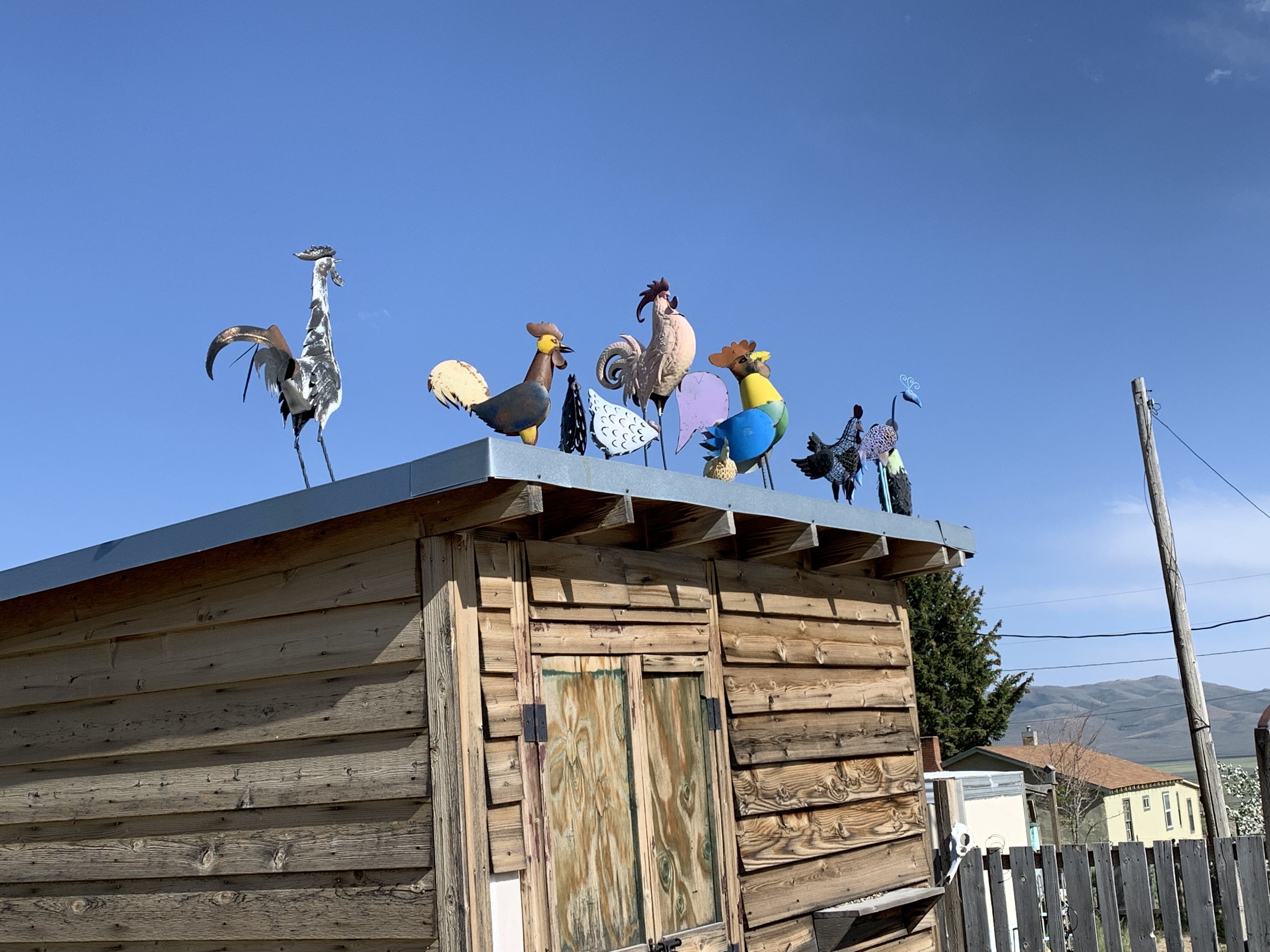
While academics debate the pros and cons of using nostalgia as a concept, one definition that I particularly like, and that has seemed particularly fitting to my first Tuscarora experience, is the suggestion that the experience of nostalgia is an enchantment with distance. That is, “an unbridgeable yet distinctly felt spatio-temporal chasm between now and then.” (Kitson and McHugh, p. 488) Kitson and McHugh go on to describe nostalgia as “oscillating between feelings of distance (irretrievability of the past) and proximity (sensations felt in the present)... the sensory experience of desire for something that is unnamable and unreachable, momentarily present in fleeting fragments” (p. 490). Indeed, the stillness and relative isolation of this place heightened the sense of walking with the spirits of the past; I never felt lonely even when there may have been less than ten people around me to be found for miles. Yet I found myself in a state of near constant yearning, wishing I knew more about the people who had lived here, that I could see fragments of pottery made whole and used in daily life, and what had happened over the years such that a place where thousands once lived had almost completely vanished. I was in awe of how our very presence alters the landscape, and the addictive mysteries offered by the many artifacts left behind and that remains still in the ground.
In Tuscarora, I felt a sense of quiet and peace that is hard to come by in the city. I can see why people would choose to live in this special place. It was in Tuscarora that I found myself confronted with this affliction of nostalgia, an enchantment with distance that still has not completely left me. If you have never been to this part of Nevada, I hope that someday you can take the time to drive out here, and that you too will find yourself appreciating the storied history of this land and the people who have lived here, past and present.
References
Huyssen, Andreas. “Nostalgia for Ruins.” Grey Room 23 (2006): 6-21.
Kitson, Jennifer, and Kevin McHugh. “Historic Enchantments - Materializing Nostalgia.” cultural geographies 22, no. 3 (2015): 487-508.
O’Sullivan, Lisa. “The Time and Place of Nostalgia: Re-situating a French Disease.” Journal of the History of Medicine and Allied Sciences 67, no. 4 (2012): 626-649.
Photo taken of and by Kathleen Kuo in Tuscarora.
Kathleen Kuo is a Program Manager for Nevada Humanities.




